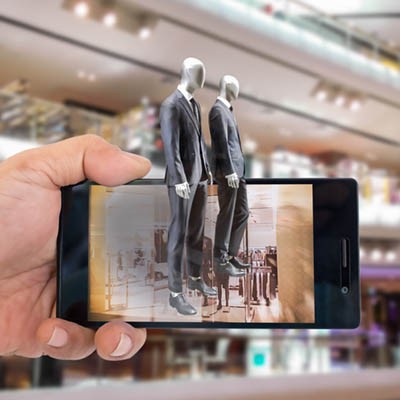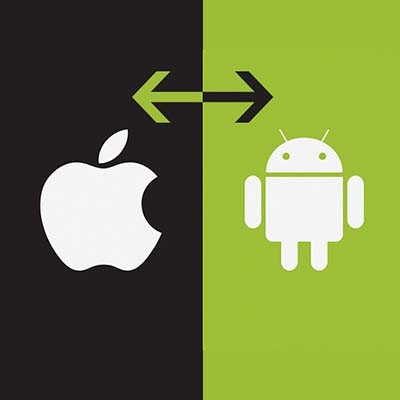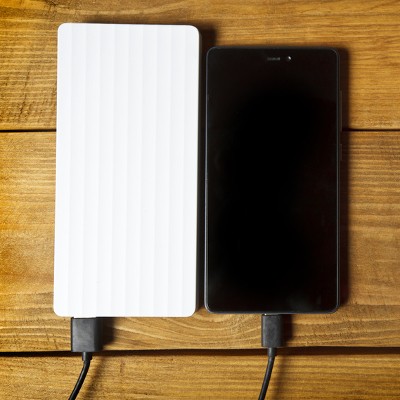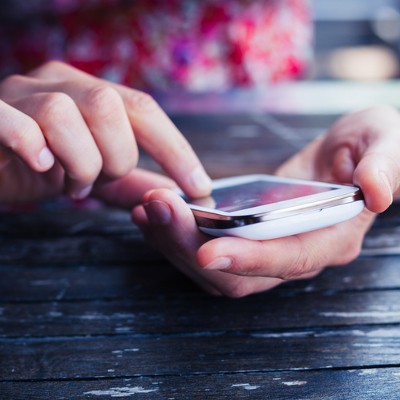No doubt you’ve noticed the increased use of smartphones. No matter where you go, people are on their phones. Sometimes they are using them in places you wouldn’t even imagine. For the modern business, employee smartphone usage can be a major pain in the side. Today, we’ll go into how smartphone usage helps and hurts a business and how to go about keeping employees from being on their phones for large chunks of the workday.
Argentum IT LLC Blog
Anyone that has used a computer is familiar with the following scenario. A friend tells you a story about an app that is really useful or fun so you take a chance and download it. After you download and fire it up, you get a pop up asking if you want to allow notifications from that app. You blast “yes” just to get to the application and sometime later, you are asleep or working and you get a notification from the company behind the app you downloaded. Then you get another one, and another, and since you’ve blasted “yes” on 25 little pop-ups, you are getting a constant flow of notifications that you could completely do without.
Even though no one will admit to it themselves, everyone knows that person that, for some reason or another, has dropped his/her smartphone in the toilet, or into the sink, or into a puddle. Needless to say that dropping electronics into any bit of water isn’t typically recommended, but today we will talk about what to do if this happens to you.
One of the major aspects of smartphones is how portable they are. Thanks to them, business professionals can be productive while out of the office, no matter where they are. Unfortunately, this also means that they have more of an opportunity to lose their devices, along with the data they contain. If the device is Android-based, then you can alleviate this trouble thanks to built-in features that can help you find it.
Today the smartphone camera has become one of the biggest selling points when consumers look to purchase a new phone. This is largely because it is crucial to the use of many of the applications that your average user uses the smartphone for. It just goes to show that in less than two decades how much utility the phone has than it did when the Samsung SCH-V200 first offered users the option of taking pictures with their phone.
You may have heard the term augmented reality, but you may be surprised to learn just how much A.R. you already use in your life. For the majority of people who use a smartphone, A.R. applications (like a camera app) are already used en masse. Today, we’ll take a look at augmented reality and how it is going to be used in the future.
Wireless charging is a challenging technology. While the benefits are clear as day (imagine, only having the one cord to supply power to the charger itself!), the concept has yet to see the mass implementation and adoption one would expect it to. Today, we’ll look at this underperforming technology’s history, a few applications that could be seen in the future, and the holdups it is seeing currently.
Learning how to use a new technology can sometimes be troubling. If you’ve been a dedicated Apple customer throughout the years, but are considering switching allegiances to Android, you should know that simple differences between the two platforms can end up disorienting. Here are a few things you have to know when switching away from the iPhone.
It’s that time of the year again--the holiday season. Filled with lots of gift giving and sharing, you’ll want only the best and brightest smartphone on the market to ensure that you can keep in touch with friends, family, and even your clients should an emergency drag you back to the office suddenly. We’ll break down the specs of each major smartphone on the market so that you can make an educated decision about which one you would like to buy.
Have you ever received unsolicited calls from unknown numbers? Sometimes you might receive them at incredibly inconvenient times, such as while you’re home and trying to wind down after a long day’s work. While Caller ID and voicemail have allowed users to keep unwanted calls to a minimum, there are other ways that you can block a caller entirely from reaching your smartphone.
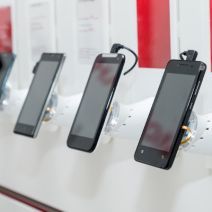 There’s no denying that smartphones are the predominant consumer technology in the world at the moment. Over a billion smartphones were sold each of the past two years, with growth coming in at a fairly impressive 23 percent from 2013 to 2014. Growth is projected to decrease slightly in future years (around 12 percent in 2015), but it’s obvious by now, smartphone usage will be the principal manner people will access the Internet going forward.
There’s no denying that smartphones are the predominant consumer technology in the world at the moment. Over a billion smartphones were sold each of the past two years, with growth coming in at a fairly impressive 23 percent from 2013 to 2014. Growth is projected to decrease slightly in future years (around 12 percent in 2015), but it’s obvious by now, smartphone usage will be the principal manner people will access the Internet going forward.







